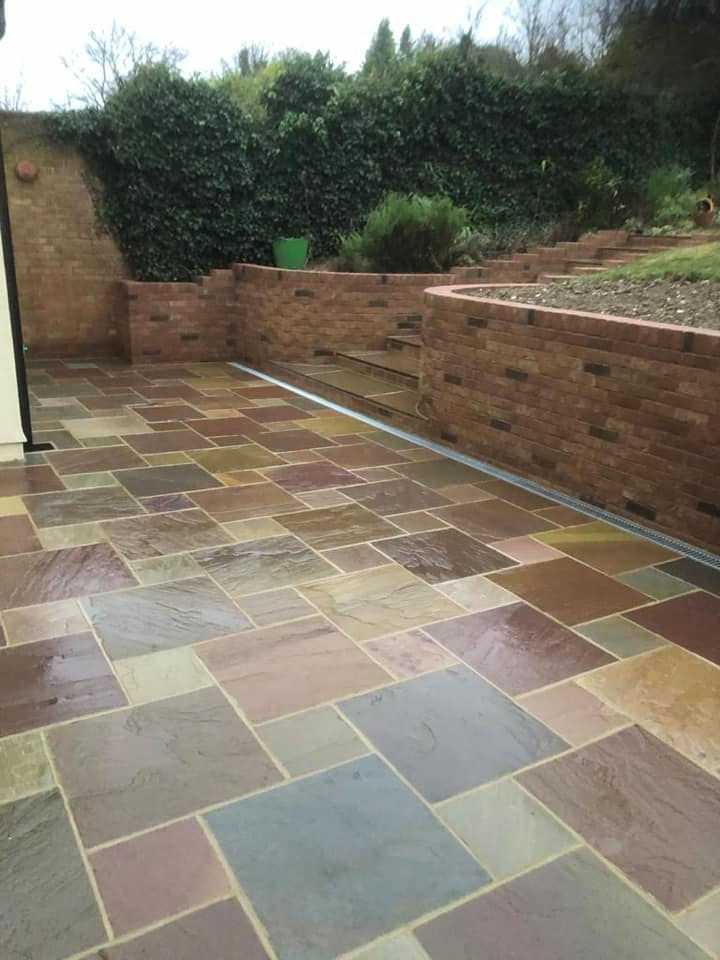How to Point and Grout a Patio: Step-by-Step Guide
- Creations Building & Landscaping

- Aug 12
- 2 min read
Pointing and grouting are the finishing touches that make a patio look complete. They fill the gaps between slabs, lock everything in place, and help prevent weeds. Whether you’ve just had a patio installed or you’re repairing old joints, this guide explains how to do it properly.
Key Takeaways
Pointing and grouting seal the gaps between patio slabs.
Different materials, like sand and cement or jointing compounds, suit different patio types.
Correct preparation ensures a neat, long-lasting finish.
Weather and drying times affect the final result.
Good jointing improves both appearance and durability.

Why Pointing and Grouting Matter
Pointing is more than cosmetic — it also helps protect the patio from movement, water damage, and weed growth.A professional paving company will always include this step in a full patio installation to ensure a high-quality finish.
Choosing the Right Method
Pointing a Patio
Traditionally, pointing uses a sand and cement mortar. This is applied by hand to fill each joint, compacting it to remove air gaps.
Grouting Patio Slabs
Grouting often refers to the use of a pre-mixed jointing compound. It’s swept into the joints, activated with water, and allowed to cure.
How to Point Patio Slabs with Sand and Cement
Clean the Joints — Remove dirt, debris, and old mortar.
Mix Mortar — Typically 4 parts sharp sand to 1 part cement.
Apply Mortar — Push firmly into joints with a pointing trowel.
Compact and Smooth — Use the edge of the trowel to create a neat finish.
Clean Excess — Brush away loose mortar before it hardens.

How to Grout a Patio with Jointing Compound
Prepare the Surface — Make sure the patio is clean and dry.
Pour the Compound — Spread over the patio.
Sweep into Joints — Use a soft broom for even coverage.
Mist with Water — Activates the compound.
Final Sweep — Remove residue before it sets.
Repointing a Patio
If joints have cracked or eroded, repointing extends the life of the patio:
Remove loose material.
Refill using the same method as the original installation.
Ensure colour matches for a seamless look.
Best Weather for Pointing or Grouting
Dry, mild conditions are ideal. Avoid very hot weather, which can cause cracks, and rain, which can wash away fresh mortar or compound.
Final Word
Pointing and grouting keep your patio strong, stable, and attractive. With the right tools and techniques, you can achieve a finish that lasts for years.





Comments